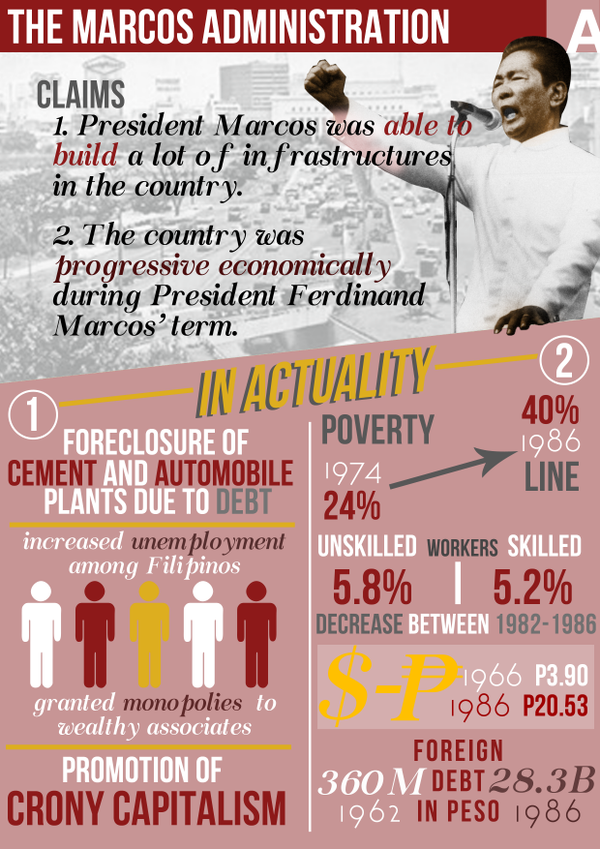The Development And Historic Context Of Martial Arts Worldwide
The Development And Historic Context Of Martial Arts Worldwide
Blog Article
Personnel Writer-Egeberg Matthews
Martial arts have a fascinating history that covers centuries and continents. You may discover it interesting exactly how old practices like Shuai Jiao and Kalaripayattu prepared for contemporary combat methods. These techniques not just highlight physical skills but also mirror the cultures that birthed them. As you discover their evolution, think about how globalization has changed these traditional types right into crossbreed styles. What influences do you believe have shaped today's martial arts landscape?
Ancient Martial arts: The Foundations of Combat
As you look into the globe of old martial arts, you'll find the rich structures that shaped combat methods across societies. Early practices concentrated on Self-Defense and survival, commonly integrating strikes, grappling, and weapons.
In old China, for example, techniques like Shuai Jiao emphasized throws and joint locks, while India's Kalaripayattu showcased agility and liquid movement. Japanese samurai established Kenjutsu, a refined swordsmanship that highlighted technique and strategy.
martial arts for overweight adults offered not just for battle however likewise as a means of personal advancement, instilling worths like respect and determination. The mixing of these techniques with time laid the groundwork for the varied martial arts you see today, each reflecting the distinct viewpoints and needs of its culture.
The Cultural Influence on Martial Arts Advancement
While martial arts commonly show the useful demands of a culture, they additionally embody the cultural values and beliefs of their origins. When you explore different martial arts, you'll notice how they're influenced by faith, approach, and social standards.
As an example, the emphasis on respect and technique in Japanese martial arts comes from Zen Buddhism and samurai society. On the other hand, Brazilian Jiu-Jitsu promotes flexibility and technique, shaped by the need for performance in a diverse, multicultural setting.
You could locate that the routines, attires, and training methods reflect a community's background and identity. By recognizing these social influences, you strengthen your gratitude of martial arts and their function fit human experiences across the globe.
Modern Adaptations and the Globalization of Martial arts
Martial arts have transformed substantially in recent years, adapting to contemporary society and international influences. do martial art instructors let kids knock them down 'll notice that standard forms have mixed with modern methods, creating hybrid styles like MMA. These adaptations deal with diverse audiences, making martial arts available and appealing worldwide.
With Highly recommended Reading of social media and electronic platforms, you can discover tutorials and competitors from all corners of the globe, damaging geographical obstacles. This globalization has resulted in a shared recognition for numerous techniques, from Brazilian Jiu-Jitsu to Taekwondo.
As you engage with these arts, you'll understand they're not nearly battle; they advertise fitness, technique, and mental wellness.
Eventually, modern-day adaptations have improved the martial arts landscape, making it a dynamic and progressing method.
Final thought
In checking out the background and development of martial arts, you reveal a fascinating blend of strategies, societies, and viewpoints. From ancient techniques like Shuai Jiao and Kalaripayattu to the modern-day versatility seen in mixed martial arts, martial arts show humanity's quest for Self-Defense and individual growth. As you involve with these practices, you not only acquire abilities yet likewise a much deeper appreciation for the diverse practices that shape our globe today. So, continue your journey and accept the art of combat!
